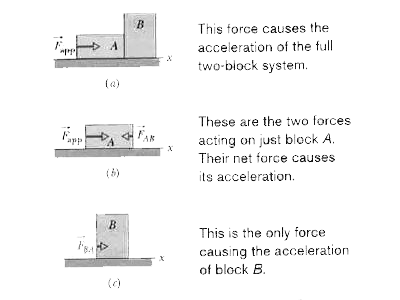When APP is maximum, what is the relation between MPP and APP ?
The correct Answer is:MPP is equal to APP.
Topper's Solved these Questions
- PRODUCER BEHAVIOUR AND SUPPLYBOOK - RADHA BHUGANACHAPTER - PRODUCER BEHAVIOUR AND SUPPLYEXERCISE - HOTS
6 Videos
- PRODUCER BEHAVIOUR AND SUPPLYBOOK - RADHA BHUGANACHAPTER - PRODUCER BEHAVIOUR AND SUPPLYEXERCISE - VALUE BASED
3 Videos
- PRODUCER BEHAVIOUR AND SUPPLYBOOK - RADHA BHUGANACHAPTER - PRODUCER BEHAVIOUR AND SUPPLYEXERCISE - OBJECTIVE
15 Videos
- PRICE DETERMINATIONBOOK - RADHA BHUGANACHAPTER - PRICE DETERMINATIONEXERCISE - LATQ
20 Videos
- PRODUCER'S EQUILIBRIUMBOOK - RADHA BHUGANACHAPTER - PRODUCER'S EQUILIBRIUMEXERCISE - UNSOLVED NUMERICALS
6 Videos
Similar Questions
Knowledge Check
The forbidden energy app in Ge is 0.75 eV, given hc=11250eVÅ. The maximum wavelength of radiation that will generate electron hole pair is
A1500ÅB15000ÅC150.52ÅD150Å
A computer program application developer released a new game app to be downloaded. The table above gives the number downloads, y, for the first four weeks after the launch of the app. If w represents the number of weeks after the launch of the app, which equation best models these data?Ay=60(w+1)By=96(1.25)wCy=80(1.50)wDy=90wFind the missing term in the given sequence
RUA, UBG, XIL, APP, DWS ?APITBGBMCGDUDPQL
When TPP maximum, what an you say about MPP ?
View SolutionWhat is the general shape of APP curve ?
View SolutionWhen MPP is falling and is positive, at what rate TPP is changing ?
View SolutionIn Fig. 5-26a, a constant horizontal force →Fapp of magnitude 20 N is applied to block A of mass mA=4.0 kg, which pushes against block B of mass mB=6.0 kg. The blocks slide over a frictionless surface, along an x axis.
(a) What is the acceleration of the blocks ?
Serious Error: Because force Fapp is applied directly to block A, we use Newton's second law to relate that force to the acceleration →a of block A. because the motion is along the x axis, we use that law for x components (Fnet, x=max), writing it as
Fapp=mAα.
However, this is seriously wrong because →Fapp is not the only horizontal force acting on block A. There is also the force →FAD from block B (Fig. 5-26b).
Dead-End Solution: Let us now include force →FAB by writing, again for the x axis,
Fapp−FAB=mAα.

Figure 5-26 (a) A constant horizontal force →Fapp is applied to block A, which pushes against block B. (b) Two horizontal forces act on block A. (c) Only one horizontal force acts on block B.
(We use the minus sign to include the direction of →FAB.) Because FAB is a second unkon, we cannot solve this equation for a.
Successful Solution: Because of the direction in which force →Fapp is applied, the two blocks form a rigidly connected system. We can relate the net force on the system to the acceleration of the system with Newton's second law. Here, once again for the x axis, we can write that law as
Fapp=(mA+mB)α,
where now we properly apply →Fapp to the system with total mass mA+mB. Solving for a and substituting known values, we find
a=FappmA+mB=20 N)4.0 kg+6.0 kg)=2.0 m/s2.
Thus, the acceleration of the system and of each block is in the positive direction of the x axis and has the magnitude 2.0 m/s2.
(b) What is the (horizontal) force →FBA on block B from block A (Fig. 5-26c) ?
View SolutionHDFC Bank has announced its UPI will also be available on Chillr, a multi-bank mobile payments app. What is the meaning of "I" in UPI?
View Solution
